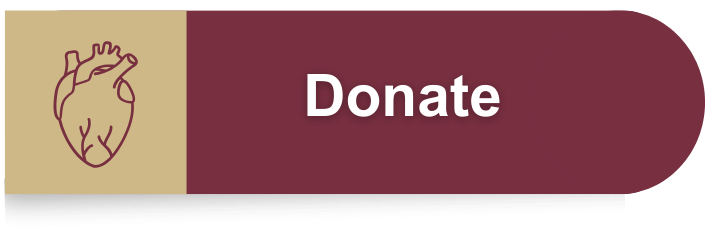Exercise decreases the risk of developing high blood pressure and chronic disease. This is largely a result of the positive changes within our hearts and blood vessels.
Let’s talk about cardio (aerobic exercise).
What “dose” of aerobic exercise is recommended?
How often should it be? At least 3 days per week
How hard should it feel? Moderate-intensity*
How long per workout? 30-60 minutes
*Objectively- 65-75% of maximum pulse rate. Calculate here. Subjectively- Using the talk test, during moderate-intensity exercise, you can talktoo late to begin, but not sing.
While this will vary for individuals depending on their current health status, these are general recommendations to use as a starting point. You can consult with your physician before starting a new exercise program for those with preexisting conditions.
This is from the position stand of the American College of Sports Medicine, the largest sports medicine and exercise science organization in the world. They aim to, “advance and integrate scientific research to provide educational and practical applications of exercise science and sports medicine”.
The goal should be consistency (barring injuries or pain, for which a physician should be consulted). If you can only walk for 10 minutes at a time, no worries, take a break and get back at it. You will be improving your exercise capacity in no time. The good news is it’s never to late to begin and you have your entire life to improve. Just focus on personal growth. We all have different starting points.
Remember, “success is the sum of efforts - repeated day in and day out” -Robert Collier.
Now, let’s explore how this “dose” of exercise will benefit the body.
How do the heart and blood vessels adapt to exercise?
Aerobic training improves oxygen and nutrient delivery to active muscles and strengthens our heart.
Cardiac output, described here, is the blood pumped per minute (the product of pulse rate and stroke volume). Cardiac output is a large determinant of exercise capacity.
The pulse rate will increase with the intensity of exercise. Maximum pulse rate decreases with age, so we can improve (or maintain) our stroke volume to achieve greater cardiac output. Stroke volume is the blood pumped by the heart with each beat. There are three main ways exercise improves stroke volume.
First, exercise causes more blood from the veins to return to the heart. This causes greater elastic recoil of the heart muscles and causes a more forceful heart contraction, resulting in more blood ejected into circulation.
Second, afterload decreases with training. This is the pressure the heart must overcome to eject blood into our blood vessels. The increased blood velocity to skeletal muscle causes small arteries, or arterioles, to dilate. The relaxed vessels allow for more blood to circulate.
Third, contractility and distensibility improve. Contractility is how hard the heart can contract to pump blood into the blood vessels. Greater distensibility means that the heart has a greater ability to stretch to accommodate more blood. The result is a greater volume of blood being pumped per beat.
So, exercise allows for stronger heartbeats and more blood into relaxed blood vessels. As stroke volume improves with training, so does your cardiac output and exercise capacity.
We will learn more about how your body benefits from exercise in future posts. Until then feel free to leave your thoughts, comments, and questions.
Thanks for reading. Stay curious.
-Joe
Editor(s): Austin Robinson, PhD
Curious to learn more? Check out these related resources.
Aerobic activity intensity examples (Mayo Clinic):
Moderate intensity
-Walking fast
-Water aerobics
-Bicycling on mostly level ground
-Pushing a lawn mower
Vigorous intensity
-Running
-Swimming laps
-Fast bicycling or biking hills
-Playing basketball or soccer
-Playing singles tennis
Need a race on your calendar for motivation? Sign up for one here. Remember to continue staying active even after the race!
Want to see a heart beating using ultrasound? Check this out.
How about one beating outside the body? Look here.
What’s a cheap and easy way to monitor your pulse rate? The cheapest way would be to take your pulse at the end of the exercise manually. Recently, a chest strap monitor (Polar H7) seemed to track best for accuracy; this is what I use. Here is the newer version, the Polar H10. You can grab a Polar watch to go with it or connect the monitor to your phone using various fitness apps. (I am not affiliated with Polar at all and receive no royalties)



